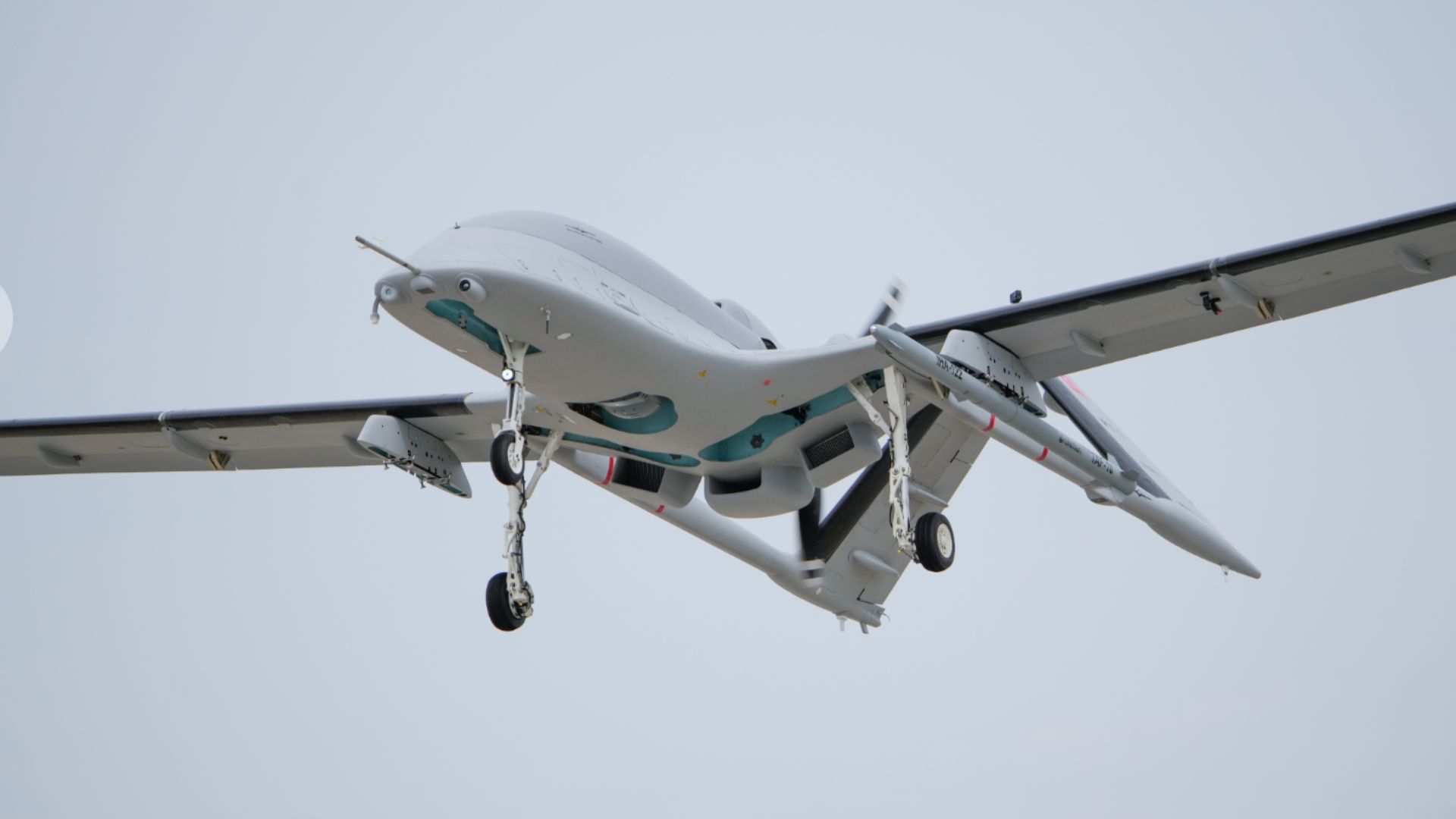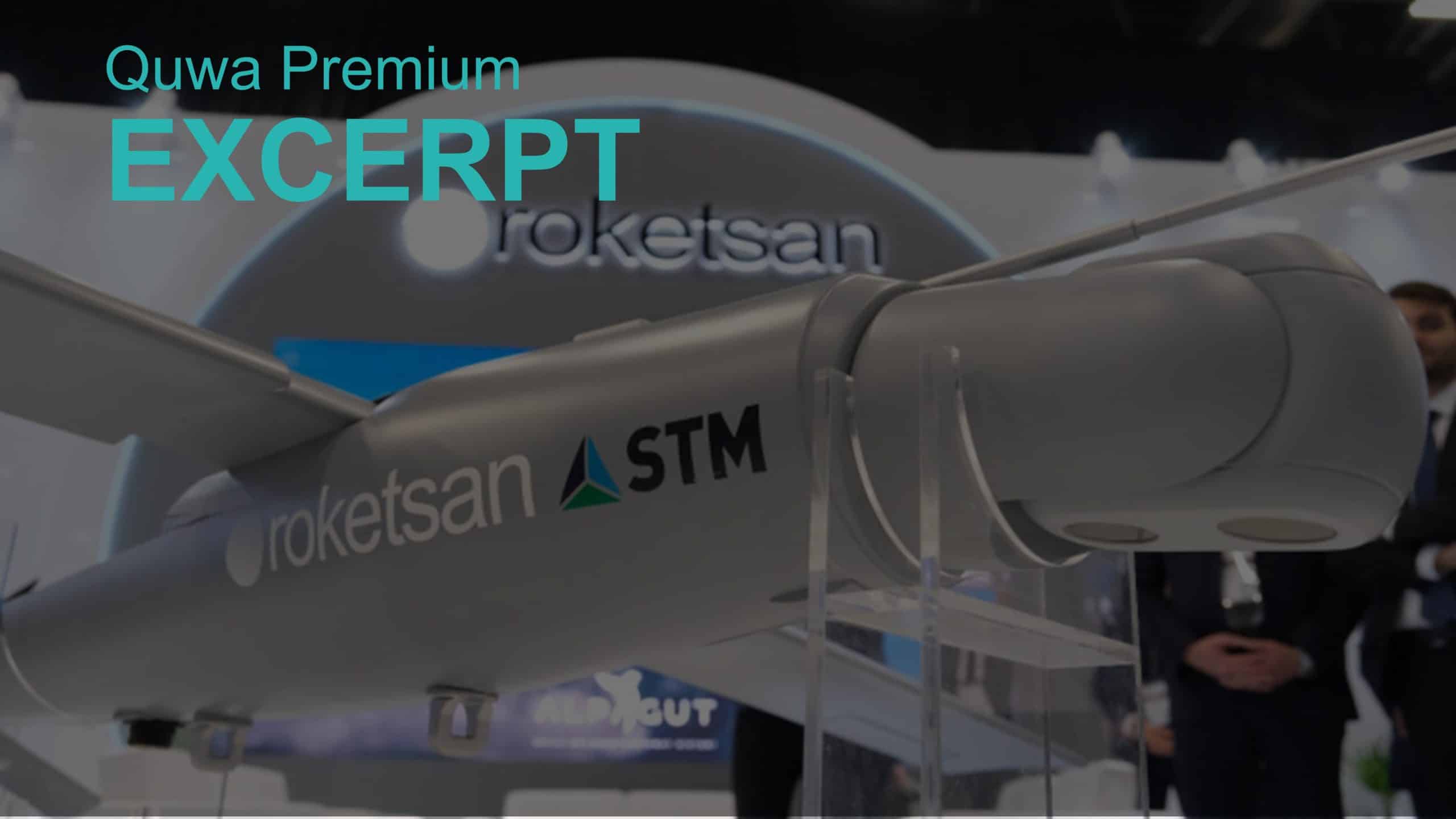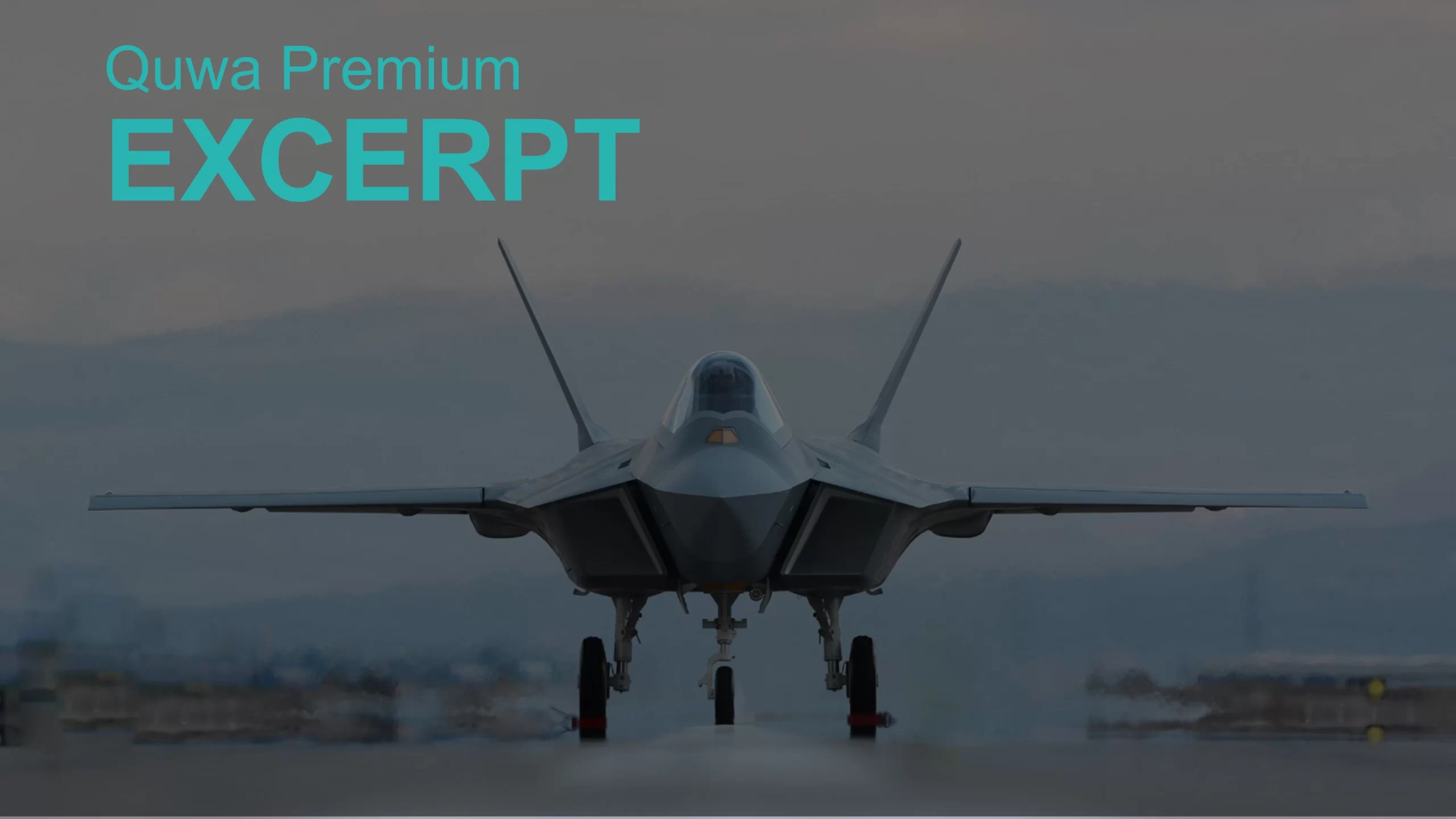1331Views

Baykar’s Bayraktar TB3 UCAV Successfully Test-Fires UAV-122 Supersonic Missile
Baykar’s Bayraktar TB3 unmanned combat aerial vehicle (UCAV) successfully conducted test-firing of Roketsan’s UAV-122 supersonic air-to-surface ballistic missile on March 27, 2025.
The test took place in Dalaman, Muğla, where the TB3 struck a 6-by-6-meter floating target at sea from below line-of-sight altitude.
This test follows the TB3’s first firing of the UAV-122 missile on March 25, 2025, when it hit a target from a distance exceeding 50 km. According to Baykar, this marks the first instance in warfare history where a tactical-class UCAV has launched supersonic missiles from such distances.
The test also demonstrated cooperative engagement capabilities between Baykar’s UCAV platforms. A Bayraktar TB2 UCAV provided laser designation for the target, which was then successfully engaged by the TB3, showcasing the coordinated capability of two airborne UCAVs in target engagement operations.
Overview of the Bayraktar TB3 and UAV-122 Missile
Baykar designed the Bayraktar TB3 for carrier-based operations. It measures 8.35 meters in length with a 14-meter wingspan and stands 2.6 meters tall.
The TB3 has a maximum take-off weight of 1,450-1,600 kg (depending on version) and can carry a payload of 280 kg split across six hardpoints. Its payload can include laser-guided air-to-surface munitions, anti-tank guided missiles, and, as recently tested, air-launched ballistic missiles.
Powered by a 170 hp TEI-PD170 turbodiesel engine, it achieves a maximum speed of 160 knots (300 km/h) and cruises at 125 knots (232 km/h). It offers an endurance of over 24 hours of flight time and an operational range of 1,900 km. It can operate at altitudes up to 25,000 feet for standard missions.
The UAV-122 is a 122mm air-to-surface supersonic missile developed by Roketsan, derived from the TRG-122 artillery rocket. Designed for deployment from drones, it has a range of up to 55 km.
The missile measures 3.3 meters in length, weighs 81 kg, and is equipped with a pre-shaped fragmentation warhead for effective target neutralization. Its guidance system combines Go-On-to-Location-In-Space (GOLIS) navigation with terminal laser designation, achieving an accuracy of ≤10 meters circular error probable (CEP).
Notes and Comments
The Bayraktar TB3 has achieved several significant milestones over the course of its development, which now spans over 968 hours of total flight time.
On November 19, 2024, it made aviation history by successfully taking off from and landing on TCG Anadolu’s short runway with a 12-degree ski-jump ramp without requiring landing support equipment. This 46-minute test flight was conducted at the intersection of the Aegean and Mediterranean seas.
The TB3’s ability to operate from vessels like the TCG Anadolu is a significant capability, one that can open the possibility of deploying armed fixed-wing assets without requiring conventional aircraft carrier infrastructure.
In June 2024, the TB3 completed a High-Altitude System Performance Test, reaching an altitude of 36,310 feet. During a long-endurance test in December 2023, the TB3 remained airborne for 32 hours continuously, covering a distance of 5,700 kilometers.


